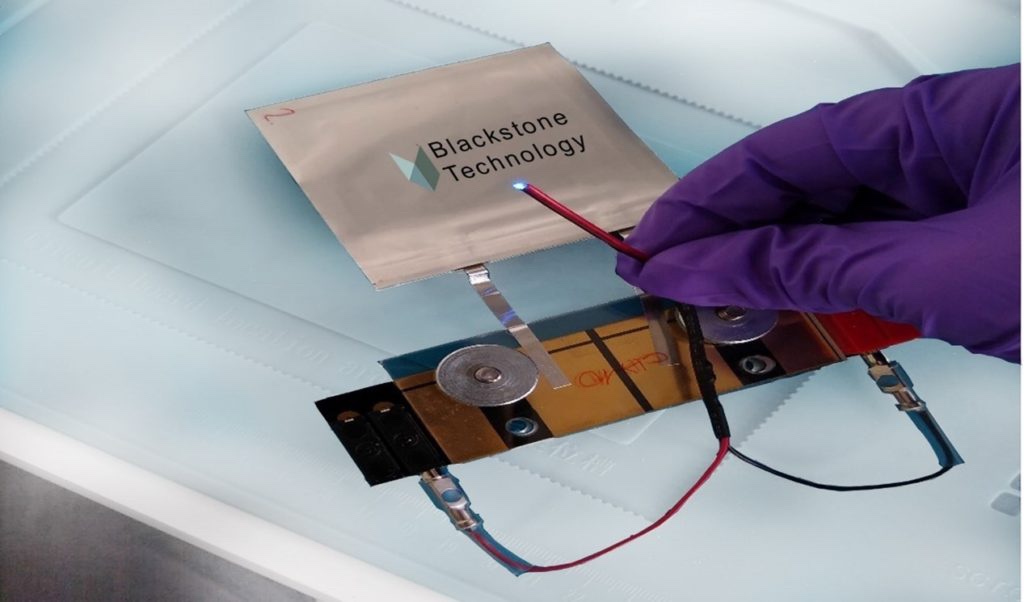In the Biden administration’s latest show of support for additive manufacturing (AM) and advanced manufacturing, the Department of Energy (DOE) announced the first round of grants for domestic manufacturing of electric vehicle (EV) batteries from the Bipartisan Infrastructure Law. Awarded to 20 companies and totaling $2.8 billion, the funds will go towards mining, manufacturing, and recycling projects that are worth over $9 billion, and span six different segments of the EV battery supply chain.
In a DOE statement about the funding for domestic EV battery production, the US Secretary of Energy, Jennifer M. Granholm, commented, “This is truly a remarkable time for manufacturing in America, as President Biden’s Agenda and historic investments supercharge the private sector to ensure our clean energy future is American-made. Producing advanced batteries and components here at home will accelerate the transition away from fossil fuels to meet the strong demand for electric vehicles, creating more good-paying jobs across the country.”

The purpose of the project is essentially summarized in this key point from the press statement: “Currently, virtually all lithium, graphite, battery-grade nickel, electrolyte salt, electrode binder, and iron phosphate cathode material are produced abroad, and China controls the supply chains for many of these key inputs.”

As was pointed out by — somewhat surprisingly — Senator Lindsey Graham, the US will never be able to rely entirely on domestic battery production. That was at another EV-related event marking BMW’s $1.7 billion investment in South Carolina (making it less surprising that Lindsey Graham would speak supportively of renewable energy). That investment is both the largest single investment in BMW’s history, as well as the largest single capital investment in the history of South Carolina.
Graham also referred to batteries as “the new oil”, and vowed that South Carolina would “become the Detroit of batteries”. Finally, amid promising to have an EV battery hearing if the GOP wins control of the Senate next month, Graham suggested that the US should “sit down” with Chinese battery manufacturers to revise the Biden administration’s $7,500 EV tax credit, to make it a “win-win” for the industries of both China and the US.
According to another Reuters article about the same event, BMW representatives mentioned that Automotive Energy Supply Corporation (AESC), a division of Chinese renewable energy company Envision, would also be building an EV battery plant in South Carolina. And, BMW Group Chairman Oliver Zipse told Reuters that the US should revise the EV tax credit to make it “not completely unrealistic”. Currently, the tax credit will disallow batteries with Chinese components after 2023.
Therefore, despite the seemingly zero-tolerance policy on China, that tough line is likely just a starting point for negotiations, and a US-Germany-China EV battery supply chain sounds like it has potential. At the same time, spreading investment across multiple parts of the supply chain, to companies all over the country, serves as an insurance policy for the American auto industry. And the quantity of materials involved is substantial. For instance, the quickly-rising AM materials company 6K Inc., backed by the Kochs, received one of the smallest grants at $50 million in this round of funding, and its project still entails developing the capacity to produce 10,000 tons per year of NMC811 and lithium iron phosphate metal powders by 2026.
With $4.2 billion remaining to be spent just on further funding rounds for this same market, it’s becoming less difficult to envision how the scale-up of US advanced manufacturing can happen as quickly as it needs to. Of course, all decision-makers involved likely do need to be willing to be less unrealistic, in general, for that to happen.
Subscribe to Our Email Newsletter
Stay up-to-date on all the latest news from the 3D printing industry and receive information and offers from third party vendors.
You May Also Like
3D Printing Unpeeled: $5000 Cold Spray 3D Printer, Roland DGA & Living Materials
The AeroForge is a $5000 cold spray metal printer for copper made by a student team at Rice University. In a paper for ACS Central Science a team from Nanjing...
3D Printing Webinar and Event Roundup: April 28, 2024
In this week’s 3D Printing Webinar and Event Roundup, the Ceramics Expo is taking place in Michigan, Stratasys continues its advanced training courses, and SPE is holding a Polymer Characterization...
Meltio Expands Global Reach with New Partnerships in the Americas and Europe
Spanish 3D printing manufacturer Meltio has expanded its sales network across the globe. With the addition of three new partners in the United States, Brazil, Argentina, and Italy, Meltio aims...
US Army Corps of Engineers Taps Lincoln Electric & Eaton for Largest 3D Printed US Civil Works Part
The Soo Locks sit on the US-Canadian border, enabling maritime travel between Lake Superior and Lake Huron, from which ships can reach the rest of the Great Lakes. Crafts carrying...






























